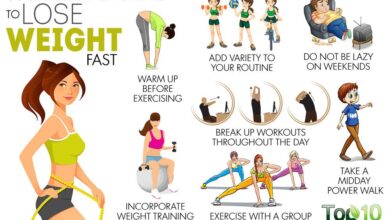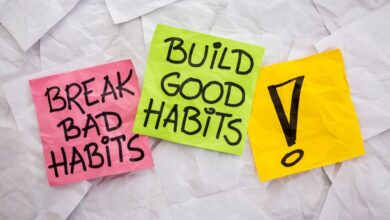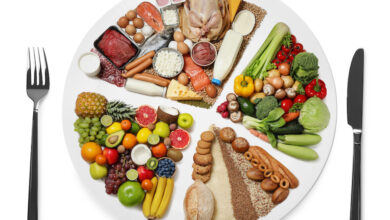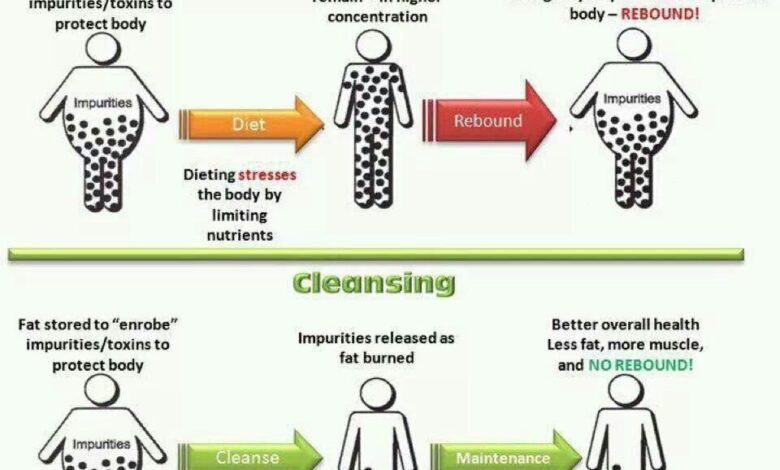
How To Start The First 30 Days Of Your Weight Loss Journey
How to start the first 30 days of your weight loss journey – Starting a weight loss journey can be daunting, but the first 30 days are crucial for setting the foundation for success. It’s during this initial period that you lay the groundwork for sustainable habits and build momentum towards your goals.
This guide will walk you through the key steps to navigate those first 30 days, from setting realistic goals to incorporating healthy habits and managing emotional challenges.
Remember, weight loss is a marathon, not a sprint. It’s about making gradual, sustainable changes that fit into your lifestyle. The focus is on building healthy habits that you can maintain long-term, not on quick fixes or crash diets. So, let’s embark on this journey together and make those first 30 days count!
Setting Realistic Goals
Starting a weight loss journey can be exciting, but it’s essential to set realistic goals to ensure you stay motivated and see sustainable results. Setting achievable goals for the first 30 days will lay a strong foundation for long-term success.
Realistic Weight Loss Goals for the First 30 Days
It’s generally recommended to aim for a healthy weight loss of 1-2 pounds per week. This translates to a 4-8 pound weight loss target for the first 30 days.
- Focus on lifestyle changes:Instead of solely focusing on the number on the scale, prioritize making gradual and sustainable changes to your diet and exercise habits. This could involve incorporating more fruits and vegetables into your meals, reducing processed foods, and increasing your daily physical activity.
- Set small, achievable goals:Break down your overall weight loss goal into smaller, more manageable milestones. For example, aim to walk for 30 minutes three times a week, drink eight glasses of water daily, or cook at least two healthy meals per week.
- Track your progress:Keep a journal or use a fitness tracker to monitor your progress and celebrate your achievements. Seeing your progress can boost your motivation and keep you on track.
Potential Downsides of Unrealistic Goals
Setting unrealistic goals can lead to disappointment, frustration, and ultimately, giving up on your weight loss journey. Here are some potential downsides:
- Increased risk of yo-yo dieting:When you set unrealistic goals, you might lose weight quickly initially, but you’re more likely to regain it once you revert to your old habits. This cycle of weight loss and regain can be detrimental to your health and self-esteem.
- Reduced motivation and self-esteem:Failing to meet unrealistic goals can be discouraging, leading to a decrease in motivation and self-confidence. This can make it harder to stick to your weight loss plan in the long run.
- Increased risk of unhealthy behaviors:Desperate to reach unrealistic goals, some individuals might resort to unhealthy behaviors like skipping meals, excessively restricting calories, or using unsafe weight loss supplements. These behaviors can have serious health consequences.
Making Dietary Changes
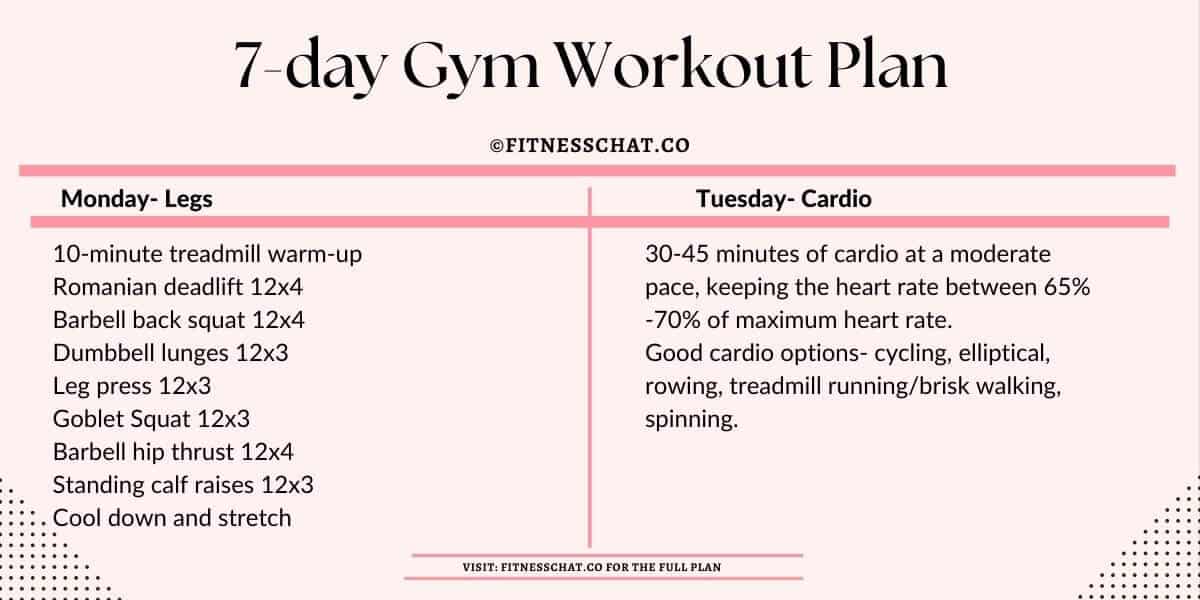
Making gradual and sustainable dietary changes is key to achieving long-term weight loss success. It’s about making mindful choices that fit your lifestyle and preferences, rather than drastic restrictions that are difficult to maintain.
Strategies for Gradual Dietary Changes
Making small, consistent changes over time is more effective than attempting a complete overhaul of your diet. Here are some strategies to make the transition easier:
- Start with small swaps:Instead of eliminating entire food groups, focus on gradually replacing unhealthy options with healthier alternatives. For example, swap sugary drinks for water, choose whole-grain bread over white bread, and opt for grilled chicken over fried chicken.
- Focus on adding, not subtracting:Instead of focusing on what you can’t eat, concentrate on adding more fruits, vegetables, and whole grains to your diet. This will naturally crowd out less healthy choices.
- Plan your meals:Meal planning helps you make healthier choices and avoids impulsive decisions when you’re hungry. Prepare meals in advance or use meal delivery services to ensure you have healthy options readily available.
- Read food labels:Pay attention to serving sizes, calories, and the amount of sugar, fat, and sodium in packaged foods. Choose options with lower calories and healthier ingredients.
- Cook more often:Cooking at home gives you control over the ingredients and portion sizes. Experiment with healthy recipes and explore new flavors.
Sample Meal Plans for the First 30 Days
Here are some sample meal plans that can provide a starting point for your weight loss journey:
- Breakfast:Oatmeal with berries and nuts, Greek yogurt with fruit and granola, whole-grain toast with avocado and egg
- Lunch:Salad with grilled chicken or fish, lentil soup with whole-grain bread, vegetable wraps with hummus
- Dinner:Baked salmon with roasted vegetables, chicken stir-fry with brown rice, vegetarian chili
- Snacks:Fruits, vegetables, nuts, yogurt, hard-boiled eggs
Importance of Staying Hydrated
Staying hydrated is crucial for overall health and weight management. Water helps regulate body temperature, flushes out toxins, and can help you feel fuller, reducing the urge to overeat. Aim to drink at least eight glasses of water per day.
The first 30 days of your weight loss journey are crucial for building momentum. Focus on small, sustainable changes, like swapping sugary drinks for water and incorporating more fruits and vegetables into your meals. Summer can be a challenge, but with some simple tips, you can stay on track.
Check out these healthy eating tips for summer to keep in track that can help you navigate the temptations of BBQs and ice cream. By focusing on these changes, you’ll be well on your way to achieving your weight loss goals.
Benefits of Tracking Food Intake and Calorie Consumption
Tracking your food intake and calorie consumption can provide valuable insights into your eating habits and help you make informed choices. This can be done using a food diary, a calorie-tracking app, or a combination of both. Tracking can help you:
- Identify unhealthy eating patterns:By recording what you eat and when, you can identify areas where you might be overeating or making unhealthy choices.
- Monitor your calorie intake:Tracking calories can help you stay within your daily calorie goal and ensure you’re creating a calorie deficit for weight loss.
- Make informed food choices:By knowing the nutritional content of foods, you can make more informed decisions about what you eat.
- Stay accountable:The act of tracking your food intake can help you stay accountable for your choices and motivated to make healthier decisions.
Incorporating Physical Activity
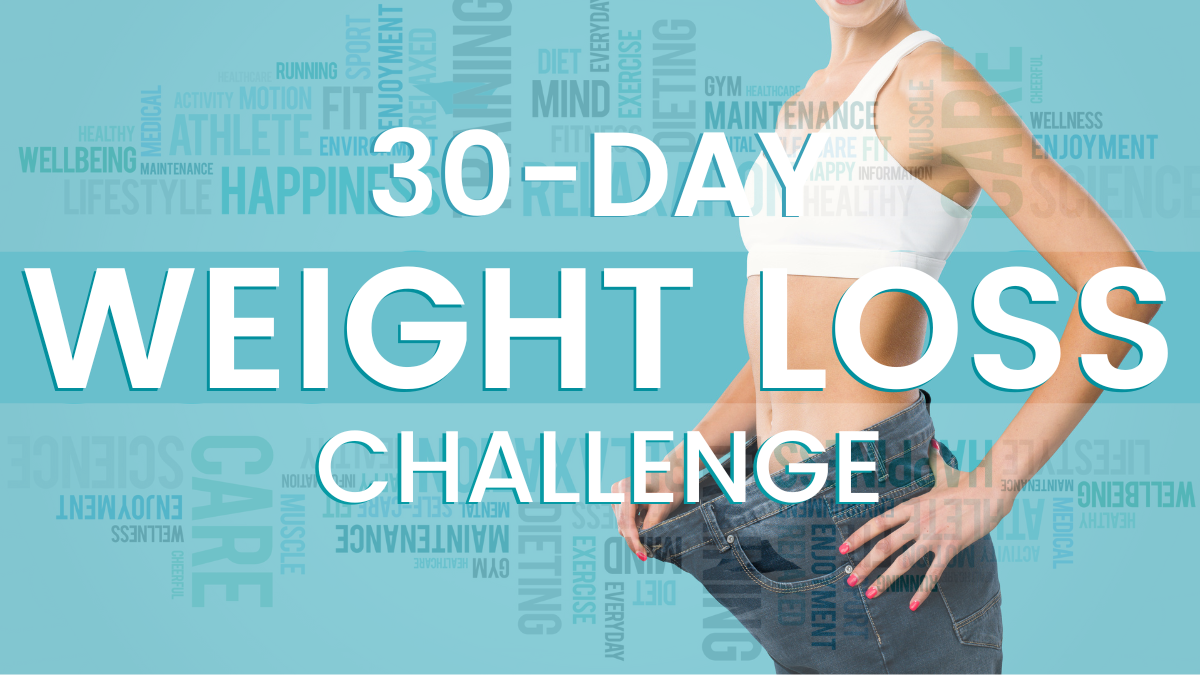
Moving your body is a crucial part of any weight loss journey. It not only helps you burn calories and lose weight but also improves your overall health and well-being. Regular physical activity can boost your mood, reduce stress, improve sleep quality, and lower your risk of chronic diseases.
Designing a Beginner Workout Routine
A beginner workout routine should be gradual and progressive, focusing on building a solid foundation for fitness. Here’s a sample workout routine you can follow for the first 30 days:
Day 1: Cardio
Warm-up 5 minutes of light cardio, like walking or jogging in place.
Workout 20 minutes of brisk walking or jogging.
Cool-down 5 minutes of stretching.
Day 2: Strength Training
Warm-up 5 minutes of dynamic stretches, such as arm circles and leg swings.
Workout 3 sets of 10-12 repetitions for each exercise:
Squats
Push-ups (modified if needed)
Lunges
Plank (hold for 30 seconds)
Cool-down 5 minutes of static stretches, holding each stretch for 30 seconds.
The first 30 days of a weight loss journey are crucial, so it’s essential to focus on healthy, satisfying meals. A great option is a hearty and flavorful bowl of vegan super greens tomatillo posole , which is packed with nutrients and protein, keeping you full and energized.
Remember, consistency is key, so start with small changes and gradually build healthier habits for a sustainable weight loss journey.
Day 3: Rest
Day 4: Cardio
Warm-up 5 minutes of light cardio.
Workout 25 minutes of brisk walking or jogging.
Cool-down 5 minutes of stretching.
Day 5: Strength Training
Warm-up 5 minutes of dynamic stretches.
Workout 3 sets of 10-12 repetitions for each exercise:
Deadlifts (with proper form)
Rows
Tricep dips
The first 30 days of a weight loss journey are all about building healthy habits. One of the most important things is to have healthy snacks on hand to avoid reaching for sugary or processed treats. Check out this list of 10 RD approved healthy snacks under 10 for some great ideas.
By making smart choices, you’ll be setting yourself up for success in the long run.
Crunches
Cool-down 5 minutes of static stretches.
Day 6: Rest
Day 7: Active Recovery
Workout 30 minutes of light activity, such as yoga, swimming, or cycling.Remember to listen to your body and take rest days when needed. Gradually increase the duration and intensity of your workouts as you get stronger.
Finding Enjoyable Physical Activities
Finding activities you enjoy is essential for staying motivated and consistent with exercise. If you don’t like running, don’t force yourself to do it. Explore different activities until you find something you truly enjoy.
Examples of Enjoyable Activities
- Dancing
- Hiking
- Swimming
- Cycling
- Team sports
- Yoga
- Pilates
Benefits of Cardio and Strength Training
Combining both cardio and strength training offers a comprehensive approach to fitness and weight loss.
Cardio
- Burns calories and helps you lose weight.
- Improves cardiovascular health.
- Boosts endurance and stamina.
Strength Training
- Builds muscle mass, which helps you burn more calories even at rest.
- Improves bone density and reduces the risk of osteoporosis.
- Increases strength and power.
Staying Motivated and Consistent
Staying motivated and consistent with exercise can be challenging. Here are some tips to help you stay on track:* Set realistic goals:Don’t try to do too much too soon. Start with small, achievable goals and gradually increase the intensity and duration of your workouts.
Find a workout buddy Having someone to exercise with can provide motivation and accountability.
Make it a habit Schedule time for exercise each week and stick to it as much as possible.
Reward yourself Celebrate your achievements with small rewards, such as a new workout outfit or a relaxing massage.
Don’t give up Everyone has setbacks. If you miss a workout, don’t beat yourself up. Just get back on track as soon as possible.
Managing Stress and Emotions: How To Start The First 30 Days Of Your Weight Loss Journey
Weight loss is a journey that often involves emotional ups and downs. It’s easy to let stress and emotions sabotage your efforts, leading to unhealthy eating habits. Understanding the connection between your emotions and your eating habits is crucial for successful weight management.
Identifying Emotional Triggers
Emotional triggers are situations or feelings that can lead to overeating or unhealthy food choices. Recognizing these triggers is the first step in managing them. Here are some common emotional triggers:
- Stress: When you’re stressed, your body releases hormones like cortisol, which can increase your appetite and cravings for comfort foods.
- Boredom: When you’re bored, you might find yourself mindlessly snacking or reaching for unhealthy treats.
- Loneliness: Feeling lonely or isolated can trigger emotional eating as a way to cope with those feelings.
- Sadness: When you’re feeling down, you might turn to food for comfort, seeking temporary relief from negative emotions.
- Anger: Anger can also lead to overeating or impulsive food choices.
Strategies for Managing Stress and Emotional Eating, How to start the first 30 days of your weight loss journey
Once you identify your emotional triggers, you can develop strategies to manage them effectively:
- Mindful Eating: Pay attention to your hunger cues and eat when you’re truly hungry. Avoid eating when you’re stressed, bored, or feeling any other emotion.
- Healthy Coping Mechanisms: Instead of turning to food for comfort, explore other ways to manage stress and emotions. This could include exercise, meditation, spending time with loved ones, or engaging in hobbies you enjoy.
- Emotional Journaling: Keep a journal to track your emotions and the situations that trigger unhealthy eating. This can help you identify patterns and develop strategies to manage those triggers.
- Seek Professional Help: If you struggle to manage emotional eating on your own, consider seeking professional help from a therapist or counselor who specializes in eating disorders.
Building a Support System
Having a supportive network can make a significant difference in your weight loss journey.
- Share Your Goals: Talk to friends, family, or a support group about your weight loss goals. Their encouragement and understanding can be invaluable.
- Find an Accountability Partner: Partner with someone who shares your goals and can motivate you to stay on track. You can check in with each other regularly, share progress, and provide support.
- Join a Support Group: Joining a weight loss support group can connect you with others who understand your challenges and can offer advice and encouragement.
Monitoring Progress and Staying Motivated
It’s essential to track your progress during your weight loss journey to stay motivated and make adjustments as needed. By celebrating milestones, you reinforce positive habits and keep your spirits high.
Tracking Progress
Tracking your progress allows you to see the results of your hard work and identify areas where you might need to make adjustments. This can be done in various ways, including:
- Weight Tracking:Weigh yourself regularly, ideally at the same time each day, and record your weight in a journal or app. This will help you see if you are losing weight at a healthy rate.
- Body Measurements:Measure your waist, hips, and other areas of your body to track changes in body composition. These measurements can be more accurate than weight alone in reflecting fat loss.
- Food and Exercise Journal:Keep a detailed record of everything you eat and drink, as well as your exercise activities. This can help you identify patterns in your eating habits and make necessary changes.
- Progress Photos:Take photos of yourself at regular intervals to visually track your progress. This can be a powerful motivator as you see your body changing.
Celebrating Milestones
Celebrating milestones, big or small, is crucial for maintaining motivation and recognizing your achievements.
- Set Small, Achievable Goals:Break down your overall weight loss goal into smaller, more manageable goals. For example, aim to lose 1-2 pounds per week or reach a specific milestone in your exercise routine.
- Reward Yourself:When you reach a milestone, reward yourself with something you enjoy. This could be a new workout outfit, a healthy meal out, or a relaxing activity.
- Recognize Non-Scale Victories:Don’t solely focus on the number on the scale. Celebrate other achievements, such as increased energy levels, improved sleep quality, or fitting into a smaller size of clothing.
Overcoming Setbacks
Setbacks are a normal part of any weight loss journey. It’s important to learn from them and move forward.
- Don’t Beat Yourself Up:Everyone makes mistakes. Instead of dwelling on the setback, focus on getting back on track as soon as possible.
- Identify the Cause:Try to understand why you slipped up. Was it stress, lack of planning, or temptation? Once you know the cause, you can develop strategies to avoid it in the future.
- Re-evaluate Your Plan:If you’re struggling to stay motivated, consider re-evaluating your weight loss plan. You may need to make adjustments to your diet, exercise routine, or goals.
- Seek Support:Talk to a friend, family member, or a healthcare professional about your challenges. Having a support system can make a big difference in staying motivated.
Resources and Tools
There are many resources and tools available to help you track your progress and stay motivated.
- Weight Loss Apps:Apps like MyFitnessPal, Lose It!, and Weight Watchers can help you track your food intake, calories, and exercise. They also offer features like recipes, support groups, and personalized plans.
- Fitness Trackers:Devices like Fitbit, Apple Watch, and Garmin can track your steps, heart rate, sleep, and other metrics. This can help you stay accountable for your activity levels and see how your body responds to different exercises.
- Online Communities:Join online forums or social media groups for weight loss support. Connecting with others who are on a similar journey can provide motivation and encouragement.
- Health Professionals:Consult a registered dietitian or a certified personal trainer for personalized guidance and support. They can help you create a plan that is tailored to your individual needs and goals.
Ultimate Conclusion
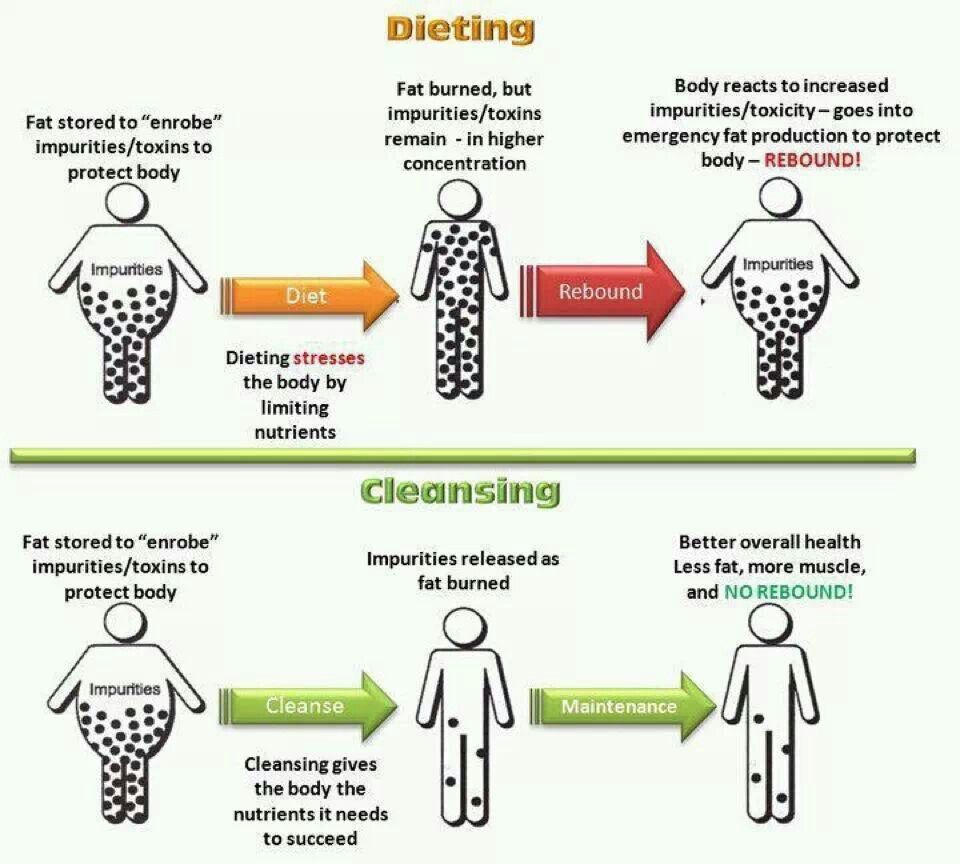
The first 30 days of your weight loss journey are a time of discovery and adaptation. You’ll learn what works best for you, identify potential challenges, and build a foundation for lasting change. Remember, consistency is key. Don’t be discouraged by setbacks; they are part of the process.
Stay focused on your goals, celebrate your milestones, and keep moving forward. You’ve got this!

